The current Iranian town of Shush is located on the site of ancient Susa. Shush is one of the world’s well-known cities and the oldest city and capital of an ancient civilization in Iran, located in Khuzestan Province. Its history dates back to about 4000 years before Christ. In ancient times, Susa was one of the most important and magnificent cities in Iran and a center of interaction between two major civilizations, Mesopotamia and Elam. Due to the city’s ancient and historical significance, many historical buildings and archaeological sites are found here, each of which is noteworthy in its own way. In this article, we aim to introduce you to the most important and interesting tourist attractions in Iran.
Ancient Site of Shush
The ancient site of Shush covers a wide area in the city, encompassing numerous architectural structures from different periods. This ancient city is one of the oldest in Iran and a well-known settlement worldwide, probably founded around 4000 BC. However, the first evidence of a residential village in this area dates back to about 7000 BC. According to ancient documents, Shush was one of the most important and magnificent ancient cities in Iran and the world, and archaeological activities continue there. The historical site of Shush was registered as a World Heritage Site at the 39th session of the UNESCO World Heritage Committee in July 2015 in Bonn, Germany. The cultural heritage file of Shush includes several tourist sites such as the Palace of Shapur, the Apadana Palace, the Eastern Gate, the Haddish Palace, the Fifteenth City, the Achaemenid Village, the Jameh Mosque of Shush, and the collection of Islamic-era buildings, the Acropolis hills, and the French Castle. This site is also listed as a national monument in Iran.
Chogha Zanbil Ziggurat
The Chogha Zanbil Ziggurat is a temple located 45 kilometers south of Shush in the ancient Haft Tappeh area. It was built for their gods during the reign of Untash Gal, the Elamite king. This historical structure and the artifacts found during archaeological excavations are among the most astonishing historical works in the world, attracting many tourists annually.
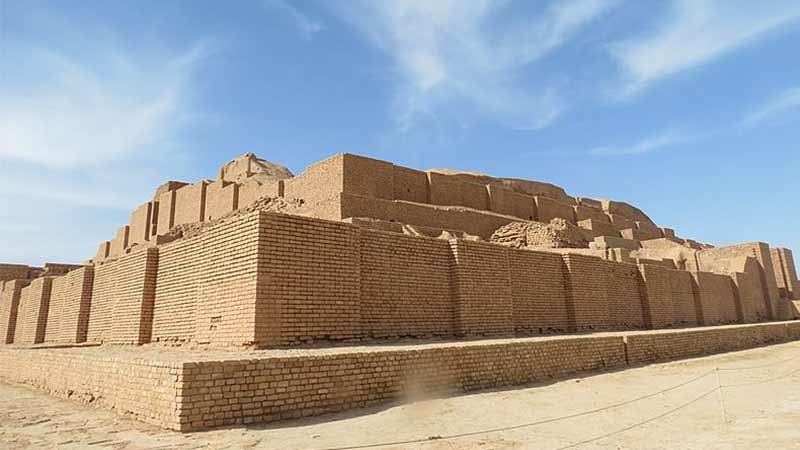
Haft Tappeh Museum
The ancient site of Haft Tappeh is located 15 kilometers south of Shush. Excavations in this area since 1965 have yielded valuable artifacts such as pottery and metal statues, tombs, temples, mass graves, various pottery vessels, and musical instruments, which are collected in the Haft Tappeh Museum in the same area. It is said that civilization in this area dates back to at least 600 years before Christ.
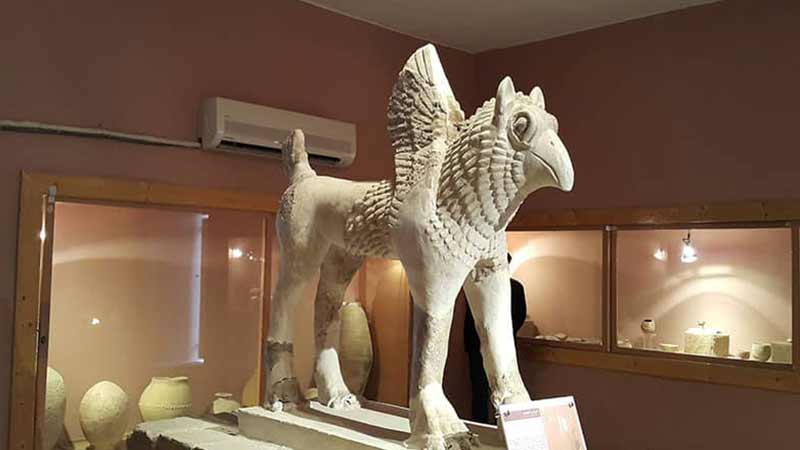
Shush Castle (Acropolis)
Shush Castle, a medieval and trapezoidal-shaped castle, remains from the Qajar era atop a hill in the ancient site of Shush. This castle was built in 1897 by the French archaeologist Jacques de Morgan for French archaeologists living on this ancient hill. It is now used as a center for the preservation and research of archaeological artifacts.
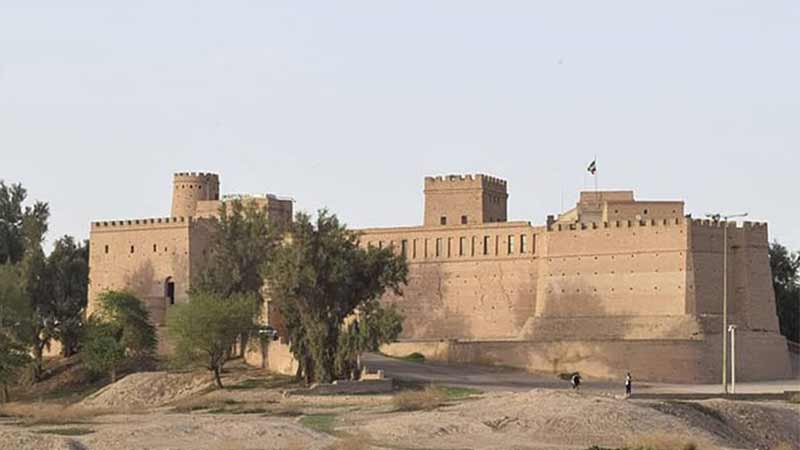
Shush Museum
The Shush Museum, located near Shush Castle in the ancient site, was opened in 1966. It is one of Iran’s most important museums of ancient Persian culture and artifacts and houses valuable works from different periods of this land.
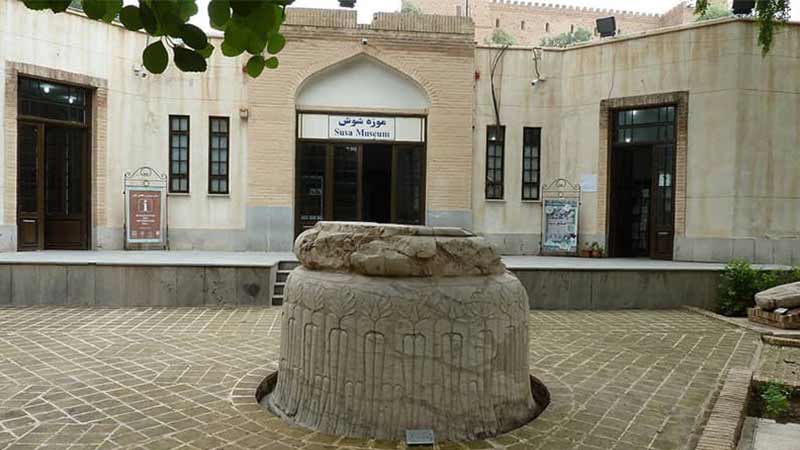
Tomb of Daniel the Prophet
The Tomb of Daniel the Prophet, as the name suggests, is the burial place of Prophet Daniel in Shush, Khuzestan Province. Daniel was one of the prophets of the “Children of Israel” in the 7th century BC, descended from Prophet David. The tomb is located near the Shavur River and opposite Shush Castle.
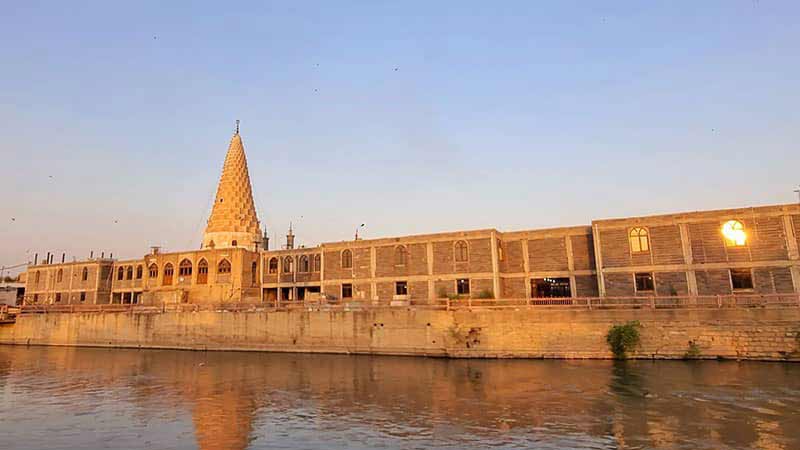
Apadana Palace
The ancient site of Shush, covering a wide area in the city, includes numerous architectural structures from different periods. One of these historical structures is the Apadana Palace, one of the most magnificent palaces in ancient Iran, now of international fame. This palace was built by Darius the Great during the Achaemenid period, around 521 to 515 BC. Some of the remnants of this palace are also preserved in museums around the world.
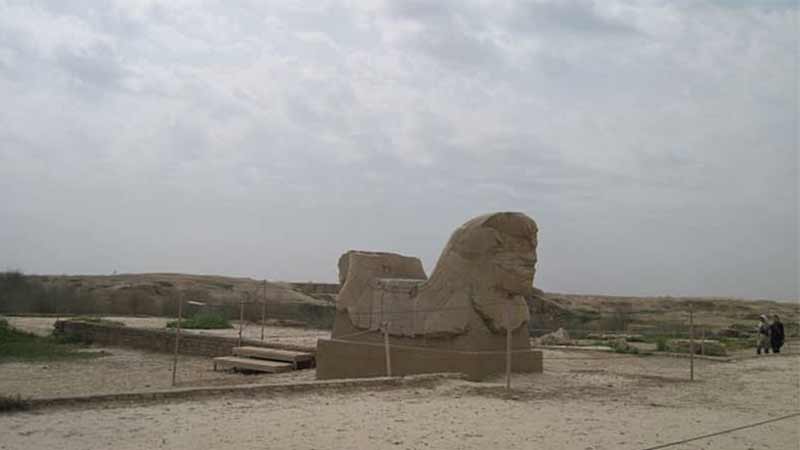
Karkheh River
The Karkheh River is the third longest river in Iran after the Karun and Sefid Rivers. It originates from the Zagros Mountains and changes direction towards the west after passing through the city of Andimeshk, flowing past the ancient sites of Shush. Forty kilometers north of Ahvaz, the river changes its course again and enters Iraq. Iran’s largest dam is also built on this river.
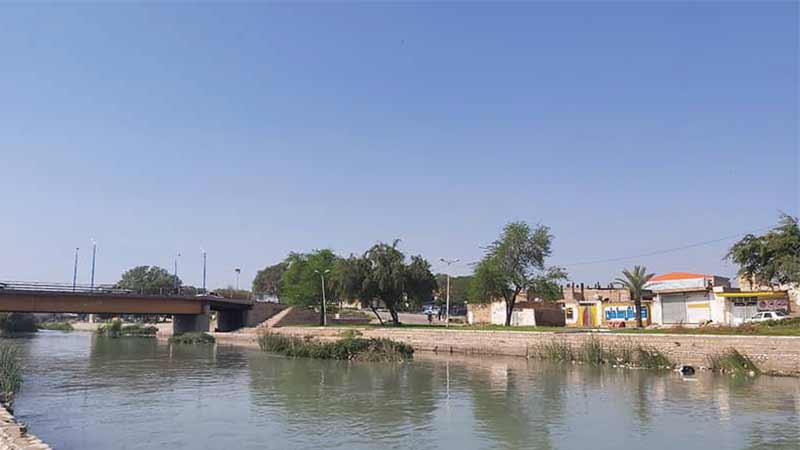
Iwan-e Karkheh
Iwan-e Karkheh, the largest buried city of the Sassanian Empire, is located 25 kilometers northwest of Shush before the Dehloran road. It was built by Shapur II of the Sassanian dynasty between 309 and 379 AD. Ancient texts refer to this city as “Kard-e Shapur,” meaning “the city built by Shapur,” but today it is known as “Iwan-e Karkheh.” Only a small part of this city remains today.
Karkheh National Park
Karkheh National Park includes the Northern Karkheh National Park, Southern Karkheh National Park, and the protected area of Karkheh, and is one of the tourist attractions of Shush. The national park was officially established as Karkheh National Park in 2010. The beautiful Karkheh River, which flows through the park, along with dense forests, make it one of the most attractive and interesting tourist spots in Shush. You can also observe diverse flora and fauna in this park.
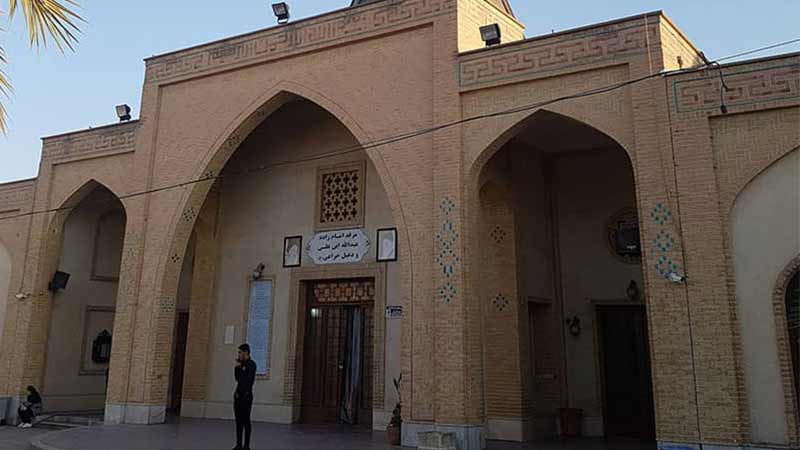
Tomb of Da’bal Khaza’i
Da’bal Khaza’i was a famous Shia poet and eulogist of the Ahl al-Bayt who lived during the Abbasid period. It is said that Imam Reza gifted him his shirt as a reward. The tomb of this renowned Arab poet is located in the center of Shush, next to the Da’bal Khaza’i Cultural Complex.
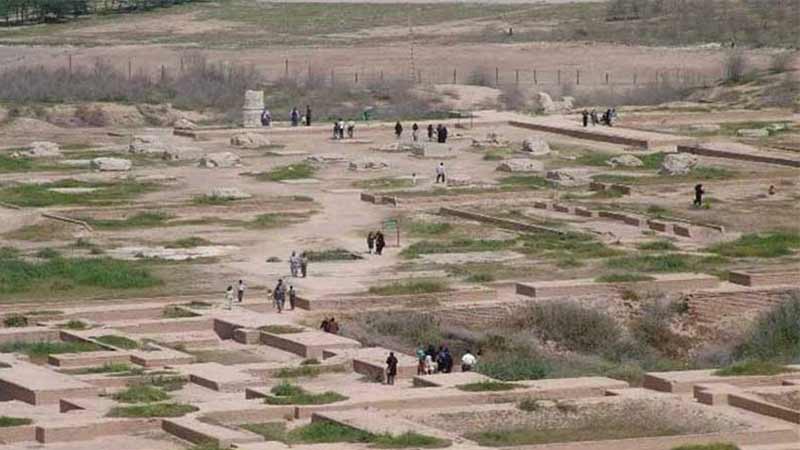
Shavur River
The Shavur River, a few kilometers northwest of Shush, on the eastern shore of the village of “Jariyeh Seyed Ahmad,” is formed by the merging of several springs. This beautiful river flows through the city of Shush and historical documents indicate that it is one of the oldest and most ancient rivers in our country. This river continues its north-south path, dividing the city of Shush into eastern and western parts, running parallel to the Ahvaz-Andimeshk road, between the Karkheh and Dez rivers, and eventually after a 70-kilometer journey, flows into the Dez River.
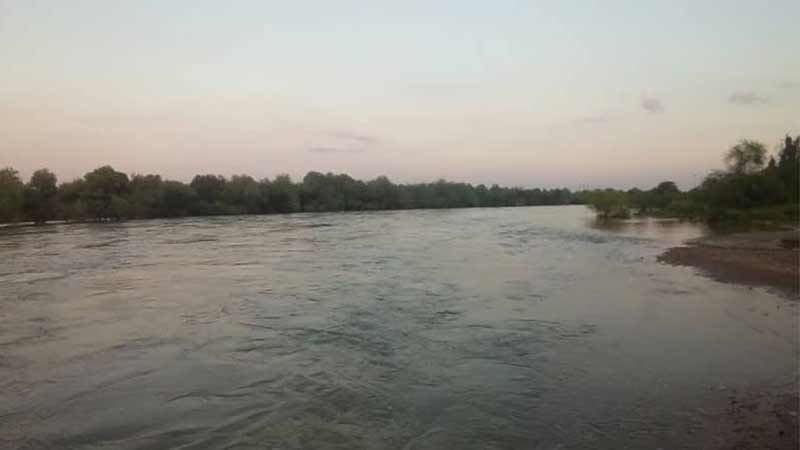
Bamdej Wetland
If you follow the Shavur River of Shush, after kilometers, your final stop will be this picturesque wetland. In fact, the Shavur River is one of the feeding sources of this wetland, significantly affected by seasonal floods in the second half of the year. Bamdej Wetland is one of the five large wetlands in Khuzestan Province, covering an area of four thousand hectares. Bamdej Wetland is a destination for domestic and international ecotourists, as it is a stopover for migratory birds from Siberia and East Africa.



